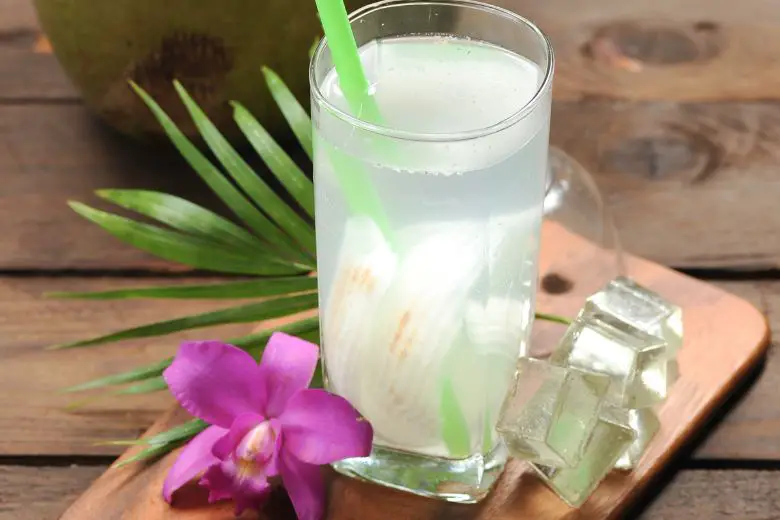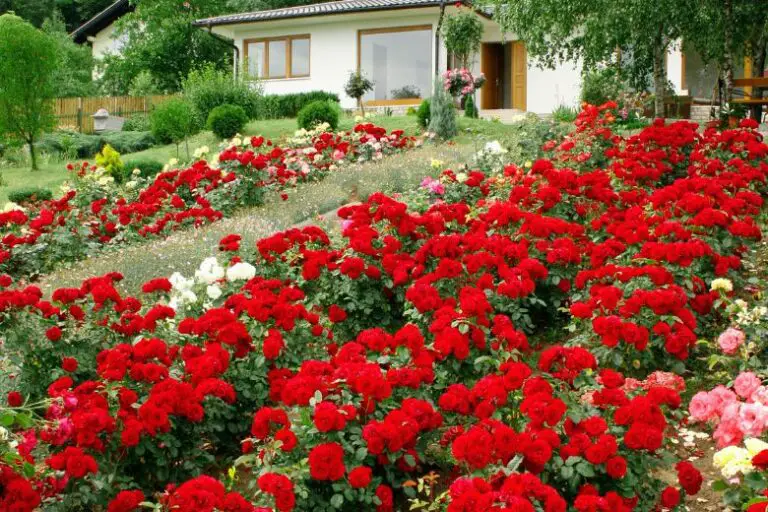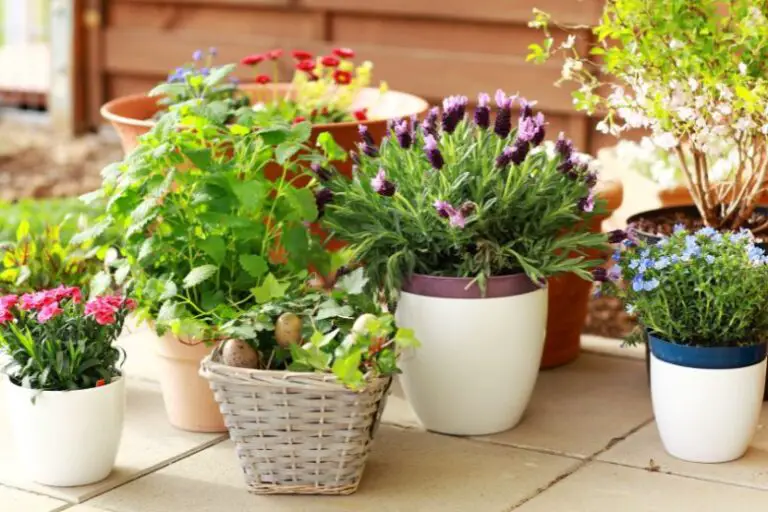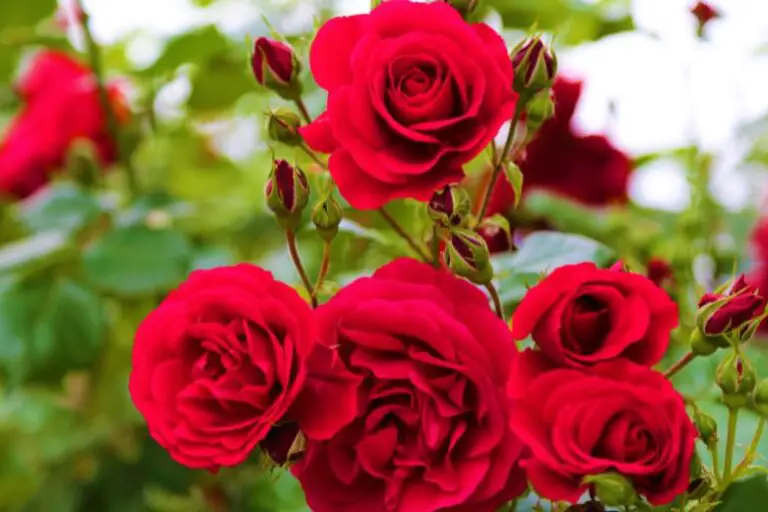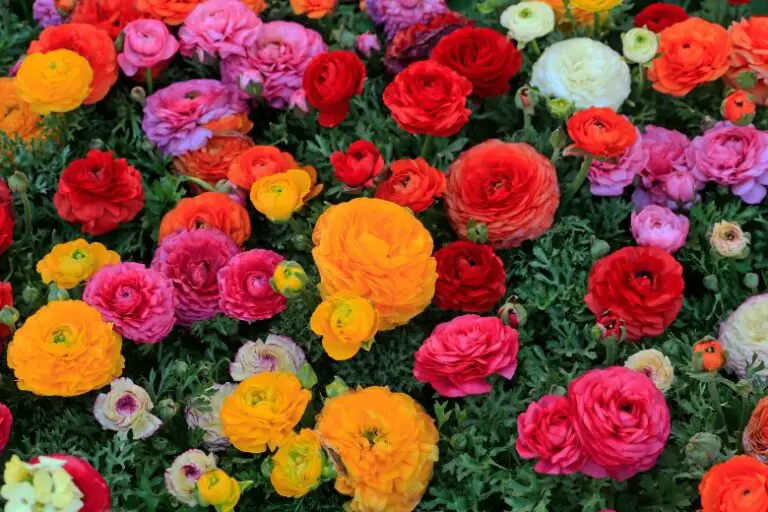Can I use homemade orchid food exclusively
Orchids are renowned for their stunning flowers and exotic appeal. However, achieving vibrant blooms and robust growth requires more than just sunlight and water. Nutritional balance plays a vital role in the overall health and well-being of orchids. By understanding their specific nutritional needs, orchid enthusiasts can ensure their plants thrive and flourish.
Understanding the Nutritional Needs of Orchids
Proper nutrition is crucial for the optimal growth of orchids. These plants require a balanced supply of essential elements, including nitrogen, phosphorus, potassium, calcium, magnesium, and trace elements like iron and manganese. These nutrients support various aspects of orchid growth, including root development, leaf production, and flower formation.
Homemade Orchid Food: Pros and Cons
Advantages of Homemade Orchid Food
One of the significant advantages of homemade orchid food is the ability to customize the nutrient content according to your orchid’s needs. Homemade recipes often utilize natural ingredients that are easily accessible and cost-effective. Additionally, many orchid enthusiasts appreciate the satisfaction of creating their own nourishing blends for their beloved plants.
Potential Drawbacks of Using Homemade Food Exclusively
While homemade orchid food offers certain benefits, it’s essential to consider potential drawbacks. Homemade recipes may lack specific nutrients or fail to provide a balanced ratio of elements required by orchids. Over time, this imbalance can lead to nutrient deficiencies or toxicities, negatively impacting plant health. Therefore, relying solely on homemade food may not provide adequate nutrition for long-term orchid care.
Homemade Orchid Food Recipes
To address the nutritional needs of orchids, here are five homemade orchid food recipes you can try:
Banana Peel Solution
Ingredients:
- Banana peels
- Water
Instructions:
- Collect banana peels and let them dry.
- Grind the dried peels into a fine powder.
- Mix one tablespoon of the powder with one gallon of water.
- Stir well and allow it to steep for 24 hours.
- Use this solution to water your orchids once a month.
Epsom Salt Spray
Ingredients:
- Epsom salt
- Water
Instructions:
- Dissolve one teaspoon of Epsom salt in one gallon of water.
- Pour the solution into a spray bottle.
- Mist your orchids with this solution every two weeks.
Fish Emulsion Fertilizer
Ingredients:
- Fish emulsion
- Water
Instructions:
- Follow the instructions on the fish emulsion bottle to dilute the fertilizer with water.
- Apply the diluted solution to your orchids once a month during the growing season.
Coffee Grounds Solution
Ingredients:
- Used coffee grounds
- Water
Instructions:
- Collect used coffee grounds.
- Mix one tablespoon of coffee grounds with one gallon of water.
- Allow the mixture to steep overnight.
- Use this solution to water your orchids every two weeks.
Eggshell Tea
Ingredients:
- Crushed eggshells
- Water
Instructions:
- Rinse and crush eggshells into small pieces.
- Place the crushed eggshells in a container and cover them with water.
- Allow the mixture to sit for several days, stirring occasionally.
- Use this eggshell tea to water your orchids once a month.
Tips for Using Homemade Orchid Food
To maximize the benefits of homemade orchid food, consider the following tips:
- Apply the food sparingly: Orchids are sensitive to nutrient concentrations, so avoid overfeeding them. Start with a lower concentration and gradually increase if needed.
- Water properly: Before applying homemade food, ensure the potting medium is moist. This allows the nutrients to dissolve and reach the roots effectively.
- Feed at the right frequency: Orchids generally benefit from regular feeding during the growing season. However, avoid excessive feeding, as it can lead to nutrient imbalances or root burn.
Supplementing with Commercial Orchid Fertilizers
While homemade orchid food can be beneficial, supplementing with commercial orchid fertilizers offers certain advantages. Commercial fertilizers are formulated to provide a balanced blend of nutrients specific to orchids’ needs. They often come in convenient forms, such as liquid concentrates or slow-release pellets.
When choosing a commercial orchid fertilizer, look for products with an N-P-K ratio suitable for orchids and trace elements necessary for healthy growth. Follow the instructions provided by the manufacturer regarding application rates and frequency.
Striking a Balance: Combining Homemade and Commercial Orchid Food
To achieve optimal results, consider striking a balance between homemade and commercial orchid food. By combining both approaches, you can provide a broader range of nutrients to your orchids, ensuring their overall well-being. Use homemade food as supplementary nutrition while relying on commercial fertilizers for a more balanced and reliable nutrient supply.
Finding the right balance between homemade and commercial food may require some experimentation and observation. Monitor your orchids’ response to different feeding methods and adjust accordingly to meet their specific needs.
Common Mistakes to Avoid
To maintain healthy orchids, it’s crucial to avoid the following common mistakes:
- Overfeeding orchids: Excessive nutrient supply can lead to fertilizer burn, root damage, or nutrient imbalances. Always follow recommended feeding guidelines.
- Inadequate watering: Orchids require proper hydration for nutrient absorption. Avoid underwatering or overwatering, as both can hinder their growth.
- Using incorrect concentrations: Whether homemade or commercial, always mix fertilizers according to the specified ratios. Incorrect concentrations can harm your orchids.
Conclusion
In conclusion, homemade orchid food can be a valuable supplement to the nutrition of your beloved plants. However, it’s essential to understand the specific nutrient requirements of orchids and the limitations of homemade recipes. By combining homemade and commercial orchid food, you can ensure a more comprehensive and balanced nutrient supply, leading to healthier and more vibrant orchids.

